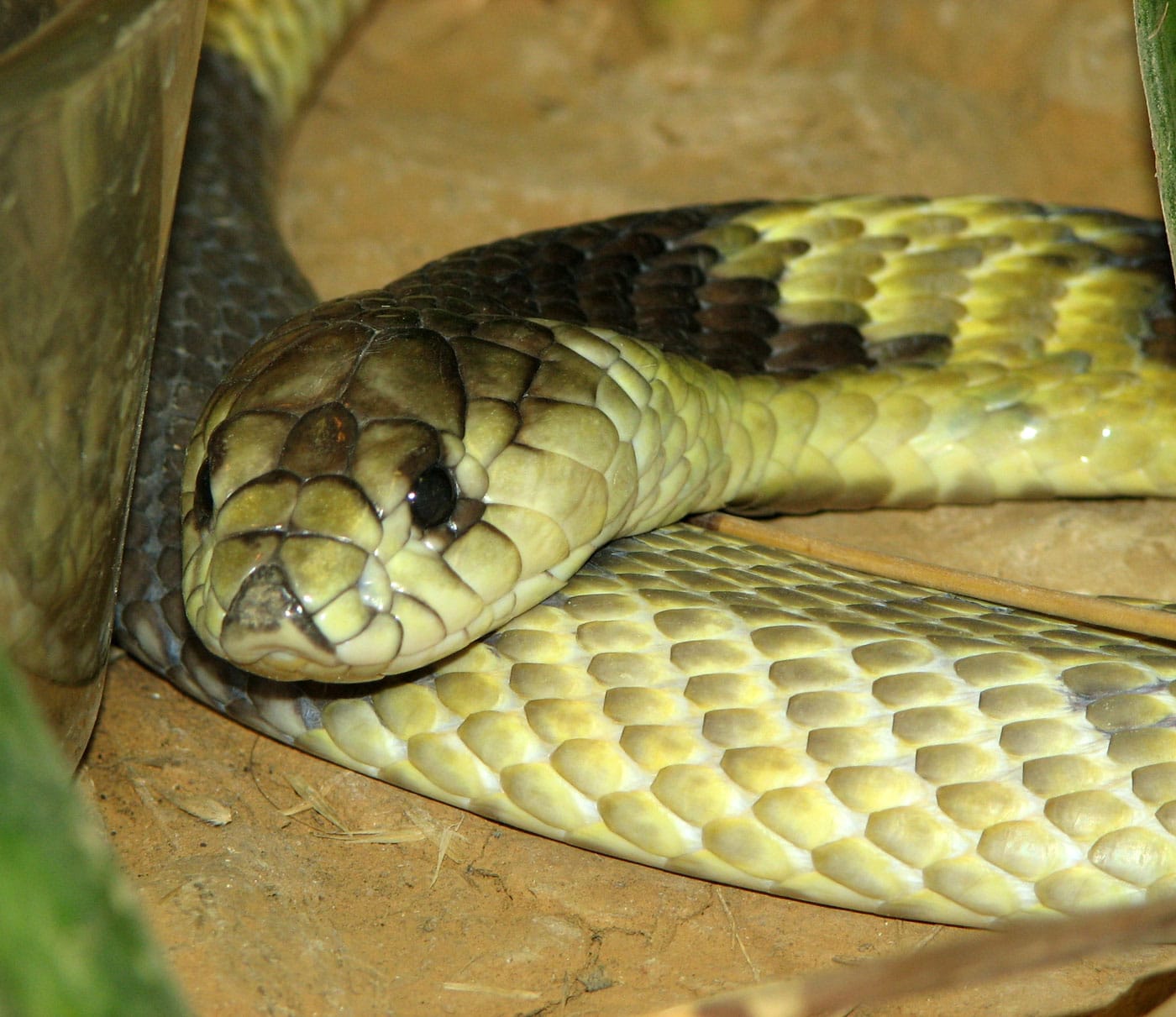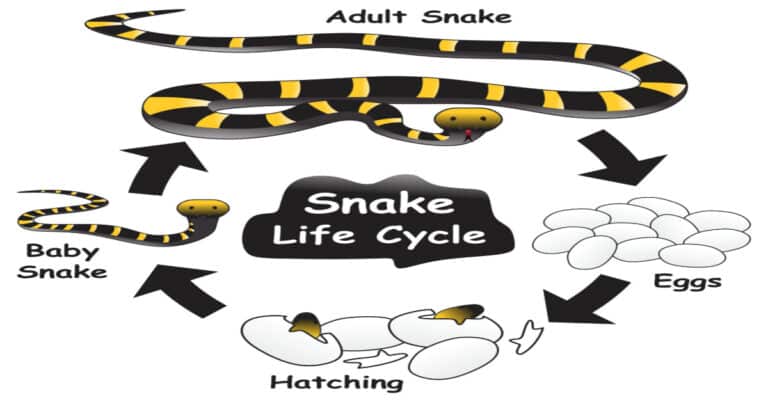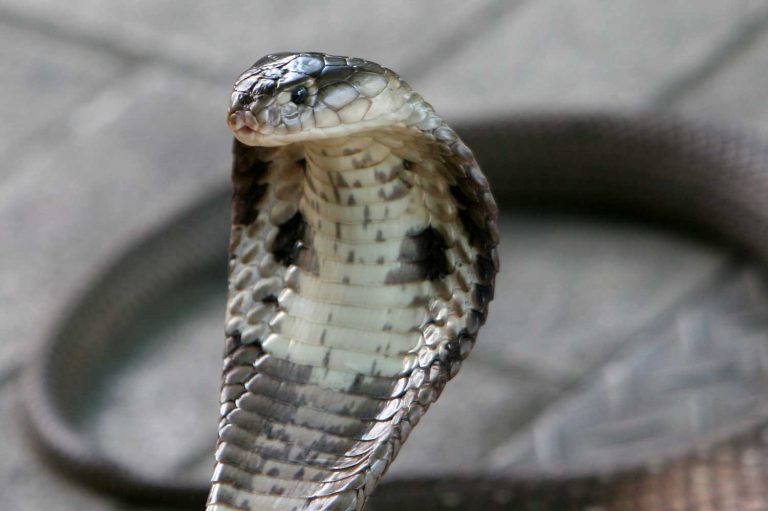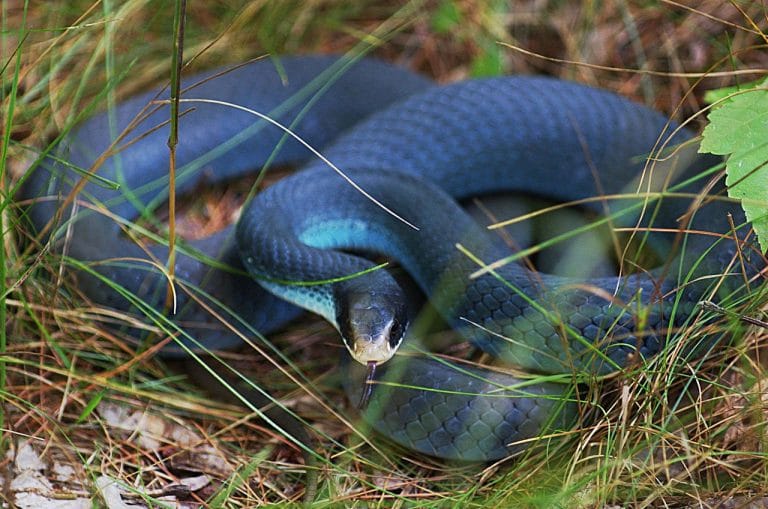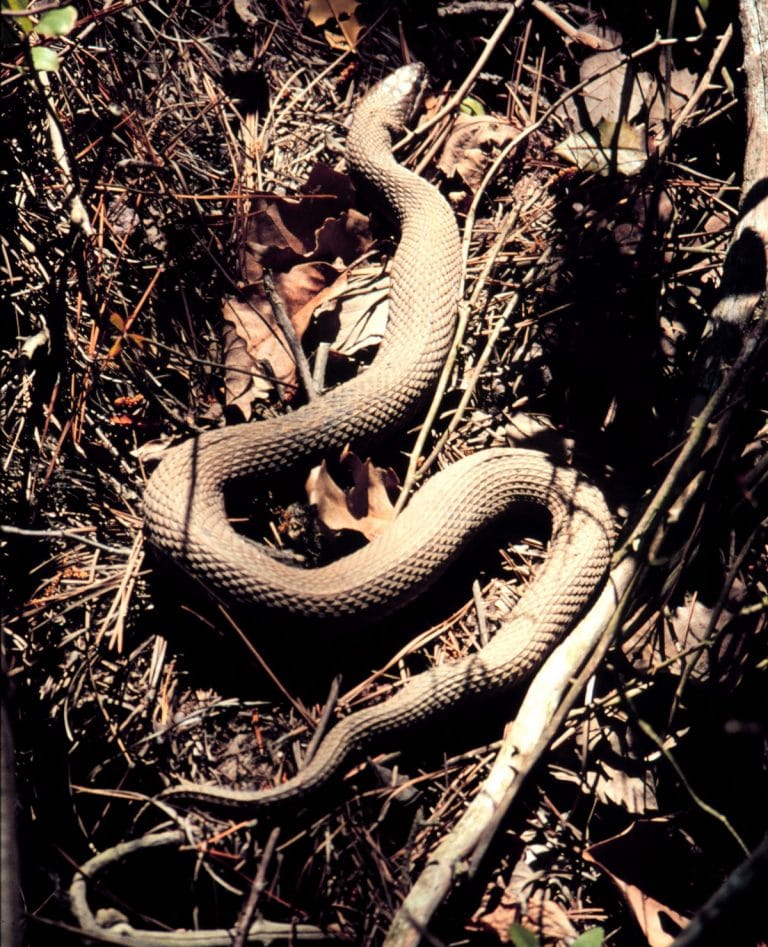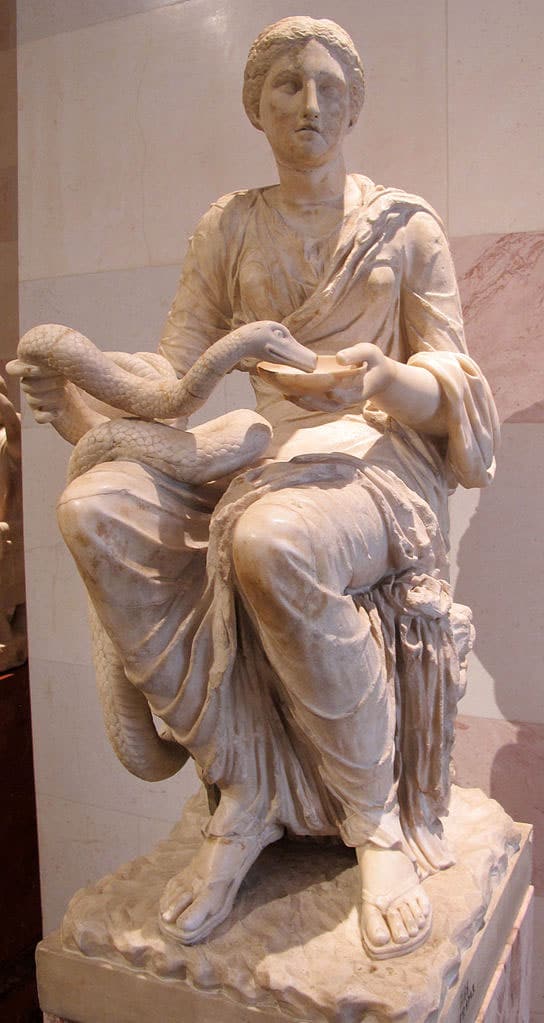Asp Snake
Scientific Classification
| Kingdom: | Animalia |
| Phylum: | Chordata |
| Subphylum: | Vertebrata |
| Class: | Reptilia |
| Order: | Squamata |
| Suborder: | Serpentes |
| Family: | Elapidae |
| Genus: | Naja |
| Species: | N. Haje |
Asp is an attempt at the Anglicization of the word aspis which in the old terms referred to any one of the venomous snakes you could find along the Nile region. According to Egyptian mythology, the aspis would refer to the modern-age Egyptian cobra in modern times.
The ancient world encountered both Cobras and Vipers, and referred to them as Asps. The old justice system, used these snakes to provide a dignified execution to people of high social status.
According to Plutarch, as quoted by Ussher, Cleopatra, 51 to 30 B.C, had tested with the venom of various snakes on the condemned people and animals, as a part of her daily entertainment, and had concluded that it was the venom of the asp that would bring death without much pain. The Asp derives from aspis which is the Egyptian Asp Snake, referring more to the Egyptian Cobra and not to the European Asp. The story goes that this snake’s venom would induce sleep and heaviness without the trouble of any spasms of pain, when introduced into the blood stream of an animal. The asp is probably the sole reason for Cleopatra’s death as well.
Actually, this reptile venom causes a very painful and messy scene. This venom is the sort of the poison which results in the systematic clotting of the blood and would, in turn destroy the lining of the blood vessel.
Controversy on Cleopatra’s Use of the Asp for Suicide
In the year 2010, Christoph Schaefer, a professor of Ancient History at the Trier University, came out with his theory that Cleopatra might not have used the Asp for her suicide because of the painful death it would induce. Schaefer’s studies of history and consultations with toxicologists led him to believe that, to escape the pain, and the horrible death, she might, most probably, have consumed a mixture of hemlock, opium, and wolfsbane.
Anatomy
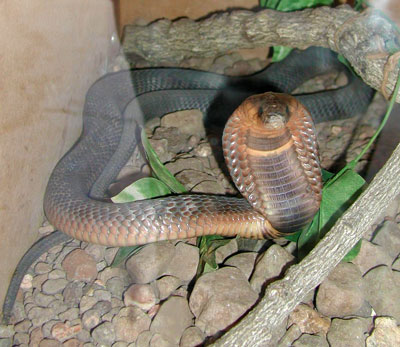
The asp or the Egyptian cobra is usually described as a two foot long snake with shiny yellow irises and small shield like structures on their head. The asp has usually a turned up snout giving it the appearance of a small spike. The underside of this snake is usually gray, dirty yellow or blackish in color. These snakes have a sulfur-yellow like or orangish-reddish patch at the tip of its tail. The transverse dark brown or black colored bars on their body run occasionally in a zig-zag.
Vipera Aspis or the Aspic Vipers of Europe, found in Italy, Spain, Switzerland and France, has about 80cm or 31.5 inches of body length, which is why they consider it as the biggest snake among the viper family, which you can commonly find in the Iberian Peninsula. Anyhow, the average size of such a species is about 60-65 cms which is between 23 and 26 inches. As discussed earlier that the head has a triangular dimension while the snout is a bit upturned, but they are not extrusive like the Vipera Latastei.
Behavior
The asp is far more dangerous than the adder. Although they are slow moving by nature, they are far more aggressive. Their bites are very common in areas where the asp would inhabit and are absolutely fatal. The venom causes a great deal of pain when this reptile bites any creature.
Habitat
Warmer and drier climates suit the asps well. They prefer rocks, wastelands, hedges or scrubs, where they can hide themselves from their predators easily. A several square yards are the home range of every individual and they very rarely leave these areas. The asp is active both during the day and the night, but they take some rest in their holes or between rocks from time to time. They would hibernate during the winters, and at times many snakes belonging to the same species would rest in the same nest.
The European Asps adapt to a range of habitats, including sea level and high altitudes of about 8500 feet above sea level (2600Meters) in the Swiss Alps. In Spain, these snakes inhabit areas like the Pyrenees and Pre-Pyrenees as well as the province of Girona up to the province of Navarra. And towards the west, they tend to inhabit in the areas around the provinces of Burgos and would spread out to the extreme east of the Cantabria.
As a Pet
Breeding
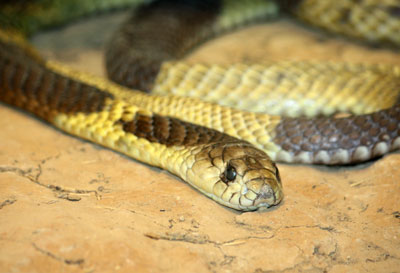
The snakes would pair up to mate during the months of April and May, and the males would indulge in a ritualistic battle. The females would watch the males make an attempt to intimidate each other as they rear up in the shape of an S. Under circumstances when neither of the two would retreat, they will chase each other in an attempt to coil around each other’s body. They never do bite the other male and none of the two come to harm when they are performing this ritualistic act. The asps are ovoviviparous in nature, so they retain the eggs back in their bodies until it is time to hatch. There are certain times, when the eggs would hatch prematurely and the baby snakes are born alive. Female asps are able to produce 4 to 18 young ones which would measure around the range of 7 to 8 inches in length.
Housing
Large, locked enclosures are essential for the snake, with proper lighting to control the heat in the enclosure.
Food
The Asp Viper is diurnal, active during daytime, waiting to catch its prey. They use the poisonous device within its body, aptly to kill the prey. Typically, they feed on rodents, lizards and tiny birds. For about a week, the snake digests the prey, and the wild snakes feed after every three to four weeks. When they are not in their captive situation, they would feed every three or four weeks. The Juveniles on the other hand would be delighted to feast exclusively on lizards.
Egyptian asps feed on any moving animal that they can manage to eat. They eat mammals, birds, fish, toads and even other snakes. Egyptian asps would eat anything and everything that would move, which would include birds, mammals, fish, other snakes and even toads.
Handling
Egyptian asps are not easy to handle and so, only a professional would handle such a snake, or it might be dangerous.

Having discovered a fondness for insects while pursuing her degree in Biology, Randi Jones was quite bugged to know that people usually dismissed these little creatures as “creepy-crawlies”.

